On Jan. 1, Niigata Port celebrated its 150th anniversary since opening. One of the first five ports in Japan open to foreign trade, business was active and Niigata's Kitamaebune ships transported a variety of both international and domestic goods and supplies to and from the area to be distributed throughout the nation.
The arrival of technically skilled passengers also led to the birth of new industries such as metalworking and textiles. Niigata has prospered as one of the largest cities in Japan since the Edo Period (1603 to 1868), and it boasted the largest population of the country until the early Meiji Era (1868 to 1912). Today, Niigata still serves as home to the consulates of China, South Korea and Russia, and is the 15th largest prefecture in Japan, with a population total of about 2.3 million people.
Blessed by abundant nature, colorful landscapes and delicious food, Niigata is also home to numerous historic sites and the world's top-class industries and locals are known for their kindness. Visitors can expect to find a myriad of blooming flowers in spring; shimmering blue seas, rivers and color-cascading fireworks in summer; golden stalks of rice in autumn; and pure white snow in winter.
About 100 minutes from Tokyo by shinkansen, Niigata welcomes visitors with its well-preserved culture, traditions, and the largely unchanged scenery of the region overlooking the Sea of Japan. As such, the prefecture provides a change of pace compared to the more ultra-modern cities of Tokyo or Osaka.

Agriculture
Niigata typically sees over 3 meters of snowfall in winter, and its rice is grown in paddies made fertile by thawing snowmelt from the neighboring mountains. With waters rich in various nutrients from fallen leaves, the Shinano and the Agano rivers ripple downstream into the paddies in spring, where irrigation channels cover the entire Echigo plain.
The fertile terrain, coupled by a wide margin in temperature between sowing and harvest, allows Niigata to grow excellent quality rice without depending heavily on chemical fertilizers. As a result, Niigata Koshihikari has come to be recognized as one of Japan's top brands and received a "Special A" ranking in Japan's rice taste evaluation for 27 consecutive years (1989-2015).
Overseas demand for Niigata rice is also steadily increasing in tandem with the rising popularity of Japanese cuisine. Boosted by the prefecture's efforts to share its deliciousness with the world, Niigata rice exports to Singapore, Hong Kong, Taiwan and the U.S. amounted to around ¥503.48 million in fiscal 2016.
The use of information and communication technology (ICT) is also progressing in Niigata. The Industrial Research Institute of Niigata Prefecture is conducting active research and development and holding seminars on the feasibility of operating factories dedicated to growing plants, as well as promoting horticulture by applying electronic sensing and regulatory technology devices.
In the private sector, agribusiness is starting to flourish as NSG Group, a business entity dedicated to kick-starting farming industries in Niigata, encourages local collaboration between various parties via the management of farming and colleges specializing in biology and other related areas, the establishment of the Niigata Agro-Food University and other similar initiatives.
Vege Abio, operating since June 2016, is one such NSG-supported corporation. The firm specializes in "seedling cultivation at a unit-type plant factory," the first ever such factory in Niigata, as well as running a climate controlled solar power plant factory. Through the active utilization of ICT, all data for deciding the best environment for cultivating plants is quantified and accumulated on the cloud, including temperature, humidity, solar radiation amount, carbon dioxide concentration, as well as appropriate amounts of water and correct soil temperatures.
Niigata is also one of Japan's top sake producers as the prefecture boasts 90 sake breweries, the largest number in the country. Exports of Niigata sake have been increasing to the U.S., South Korea, Hong Kong and other countries, quadrupling Niigata sake export figures over the past decade to 2,380 kiloliters in 2016. Export figures have been fueled by a worldwide boom in the popularity of Japanese cuisine, as well as prefecture-run sake-tasting events and business meetings.
Some of Niigata's many other culinary delights include fresh seafood caught in the Sea of Japan where cold and warm currents meet, such as Sado winter yellowtail caught in the rough waters off Sado Island; nanban ebi, sweet shrimp that resemble the color of nanban chili peppers; nodoguro (blackthroat seaperch), a white fish with a delicate flavor; and tasty trout.
The fishermen of Sado catch only the very finest winter yellowtail which, although rich in fat, boasts a clean and refreshing flavor. Nanban ebi feature a tender, yet chewy texture and a melt-in-your-mouth sweetness that makes them a truly distinctive and upscale culinary delight.
Harvested from its orchards are Le Lectier French pears, juicy watermelons, sweet grapes, succulent Echigo Princess strawberries, Japanese pears, peaches and Okesa persimmons.
Le Lectier pears, which began being grown in Niigata about 100 years ago, are sold only in winter; these rare seasonal treats exhibit a rich and delectable flavor.
Furthermore, Niigata is also famous for its flower farms growing high-quality tulips and azaleas.
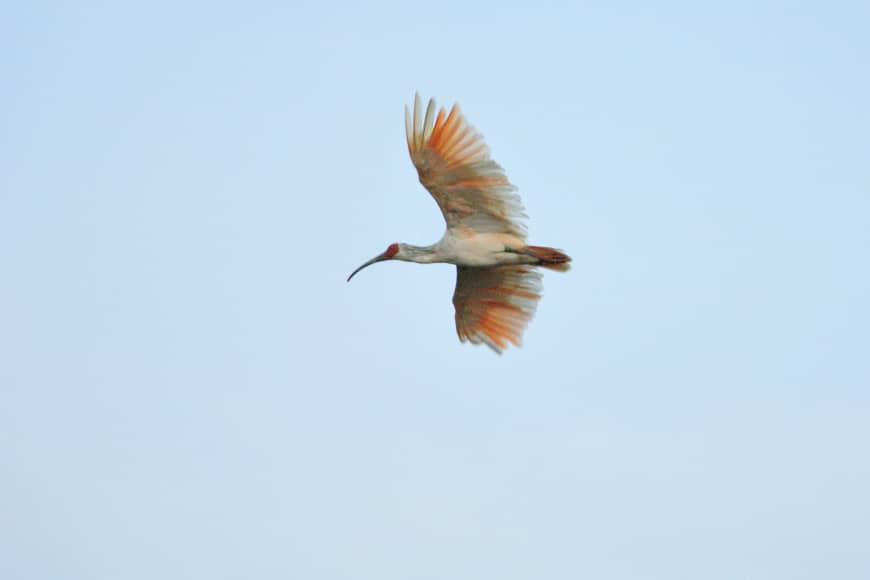
Tourism and culture
Niigata, blessed with rich nature and agriculture, has an abundance of culture and tourism linked to its scenic rice fields.
Such unique features make Niigata home to the elegant toki (Japanese crested ibis), which were declared extinct in Japan many years ago. However, in 1999, China gifted the rare birds to Japan — by August 24, 2018, 353 ibises were monitored in the countryside of Sado Island in Niigata.
In order to retain and protect such a valuable toki breeding environment, residents have reduced the use of pesticides and chemical fertilizers in their rice fields, while creating biotopes and fish flows. This proactivity and the development of an environment where humans could respectfully coexist with toki came to be acknowledged as a Globally Important Agricultural Heritage System by the U.N.'s Food and Agriculture Organization in June 2011 — the first ever such site in Japan.
Another rare creature that makes the area special is the Niigata nishikigoi (colored carp) that is gaining worldwide popularity and currently exported to around 40 countries around the world, with shipment values increasing year by year. Niigata has Japan's largest number of colored carp breeders. Many buyers from outside Japan are traveling to Niigata in search of quality nishikigoi, and the prefecture looks forward to stimulating further tourism and international exchange related to the colorful carp.
Nishikigoi breeding as well as rice farming requires high-quality water, a resource stemming from the heavy snowfall of harsh Niigata winters. Acknowledging the locals' wisdom of taking advantage of the region's unique climate, the Ministry of Agriculture, Forestry and Fisheries has recognized Niigata's Chuetsu as a Japanese Nationally Important Agricultural Heritage System.
The Echigo-Tsumari Art Triennale, held every three years since 2000, is a world-class international art festival that exhibits various modern pieces inside vacant houses, former schools, and natural settings, among other locations. The 2015 Triennale brought together 363 groups of artists from 35 countries around the world, and was followed by another successful Triennale in 2018 through the collaboration of local residents, artists and supporters. The international art event is a prime example of the harmony between the area's scenic rice paddies and modern art.
Niigata is also home to the Nagaoka Festival Fireworks. Originally started on Aug. 1, 1946, in remembrance of the 1,488 victims of American forces bombing Niigata in World War II, this year's Nagaoka Festival Fireworks will be held on Aug. 2 and 3. Fireworks of different sizes, colors and shapes will fill the skies of Nagaoka for almost two hours from around 7 p.m. during the event. The highlight of the show is the "Phoenix fireworks" that were created to symbolize prayers for recovery following the Chuetsu earthquake in October 2004.
Another notable landmark is the Northern Culture Museum that is home to a wealth of history and culture. It was a private residence of a landlord who owned vast rice fields during the Meiji Era, and in 1946 the family who lived there turned it into a museum, displaying traditional furniture and architecture.
Traditional crafts and industry
Niigata is the birthplace of various arts and crafts. The Ministry of Economy, Trade and Industry has designated 16 items as "Traditional Craft Products," the third largest number of prefectural creations after Kyoto and Tokyo.
Among the area's traditional crafts is Murakami Kibori Tsuishu, lacquerware characterized by delicately engraved motifs on wood, emphasized by applying many coats of surface lacquer. The skill was passed down from the Edo Period.
Ojiya Chijimi is a linen-type textile with origins dating back to the Edo Period. Often used to fashion summer garments, the woven cloth is characterized by distinctive Shibo wrinkling and creasing that encourages the evaporation of sweat.
Echigo Sanjo Uchihamono are high-quality hand-forged blades crafted by Niigata artisans. Originally used to manufacture farming tools necessary for farming such as sickles and hoes from the medieval era, the metalware technique was eventually passed down and refined to produce a variety of quality items such as Japanese nails, kitchen knives, planes and chisels.
Craftsmanship, shaped by excellent techniques passed down from older generations, is one factor that helps Niigata create some of its second-to-none products that are globally recognized.
In one such example, Tsubame and Sanjo metalware boasts so revered a quality that Tsubame's fine metal tableware — the town is recognized as a hub for manufacturing kitchen knives and scissors — is used in world-famous events such as Nobel Prize award ceremonies and banquets. The 2007 census on metal tableware showed Tsubame's total shipment value equaling approximately ¥12.5 billion, earning the city the ranking of No. 1 and capturing a staggering domestic market share of 94.3 percent. Some metalware manufacturing at Tsubame still incorporates tsuikidōki (hammered copperware) traditions, where craftspeople mold different items by hammering a single sheet of copper.
The beginnings of Sanjo's crafting industries hark back to the manufacturing of traditional Japanese nails. At Sanjo Blacksmith Dojo, guests can have a hands-on experience in blacksmithing under the guidance of professional blacksmiths.
Ministerial meeting
Niigata will host the G20 Niigata Agriculture Ministers' Meeting on May 11 and 12. Participants include heads of state and government from Argentina, Australia, Brazil, Canada, China, France, Germany, India, Indonesia, Italy, Japan, Mexico, South Korea, the Republic of South Africa, Russia, Saudi Arabia, Turkey, the U.K., the U.S. and the European Union.
Other invitees, including guest country leaders and representatives from international organizations, will discuss emerging issues and best practices related to agriculture and food sustainability. Specifically, participants will exchange views on cultivating personnel and new technologies that support next-generation farming, ways to improve farming profitability as related to the food value chain, and responses toward achieving sustainable development goals.



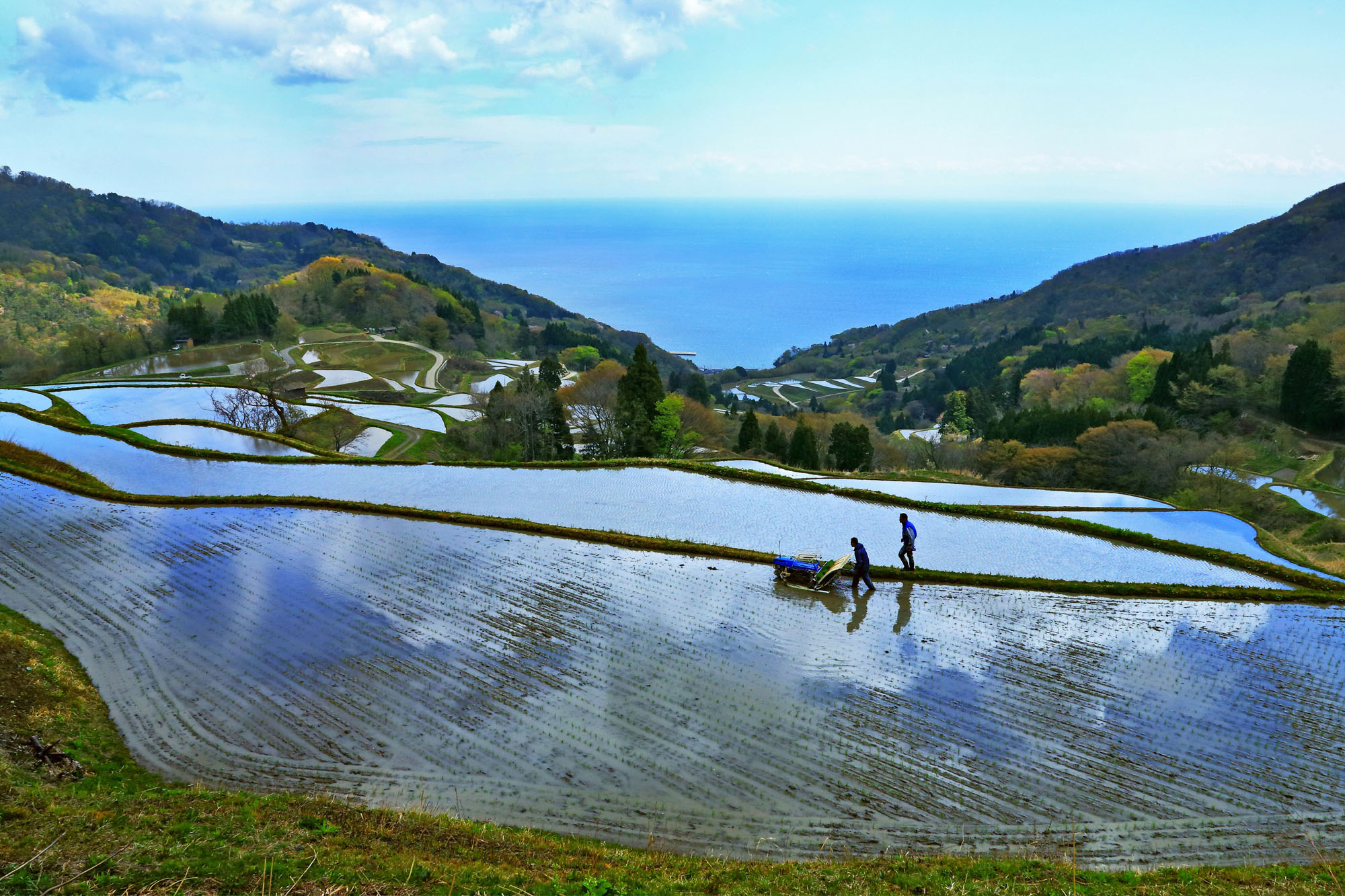
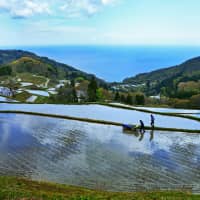
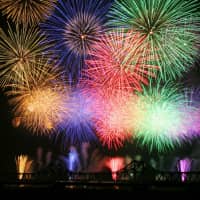
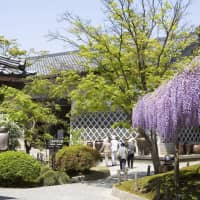
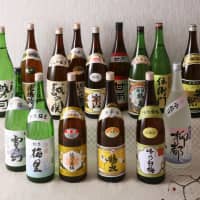
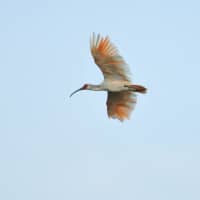
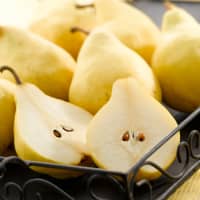
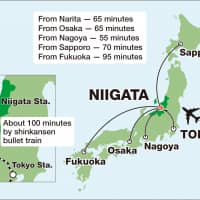















With your current subscription plan you can comment on stories. However, before writing your first comment, please create a display name in the Profile section of your subscriber account page.